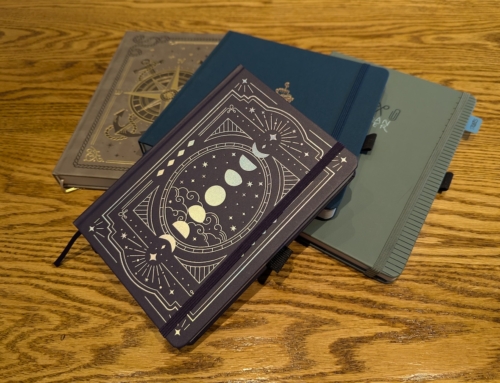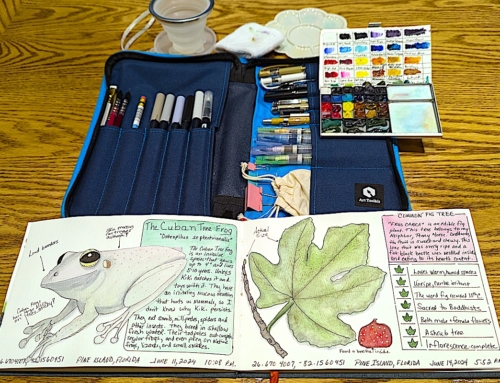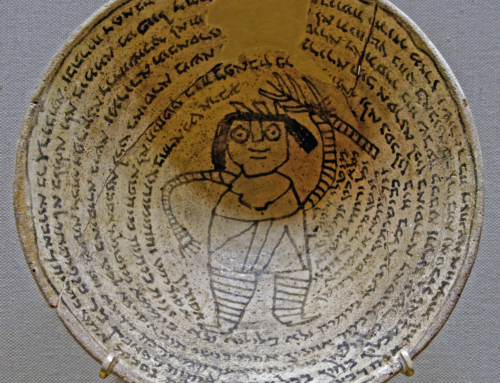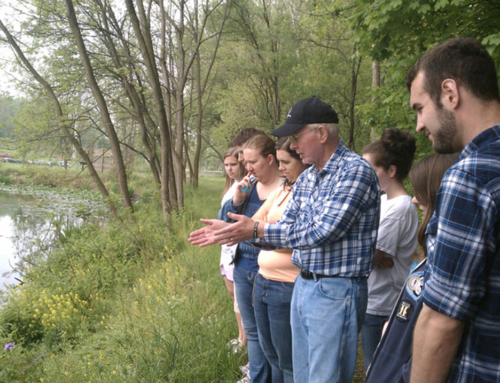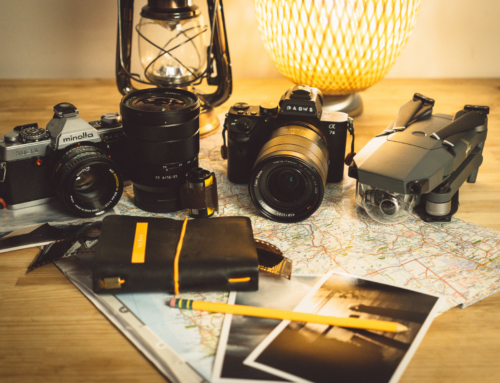Hobie, a leading catamaran design company, expanded and introduced a line of sit-on-top kayaks, fishing kayaks and float cats. One of its more useful boats for use on local creeks, lakes and rivers is the pedal-driven Hobie Mirage Kayak.
A river reputed to be “a mile wide and a foot deep,” Pennsylvania’s Susquehanna River’s depth is due to its age. During millions of years of existence, the mighty river has literally moved mountains and eroded the landscape to its present shallow, rocky state. There are few areas that are amenable to boaters on the Susquehanna and, because of this, the boat perhaps best suited is the kayak. And given that the river, which is fed by numerous creeks and streams, has a strong current in places, the Hobie Mirage is the kayak of choice.
The Hobie Mirage is a unique boat with three forms of propulsion – you can pedal it, paddle it or sail it. Pedaling is quiet and creates no splash, and leaves your hands free for fishing, taking photos or holding a drink.
This sit-on-top kayak can be used by people of all ages and sizes thanks to its movable seat mount. It is a lightweight pedaling kayak that can be adapted to fit paddlers from age six to eighty, from four feet to over six and everyone in between.
The MirageDrive is simple and easy to use, and you pedal effortlessly similar to a bicycle. The larger leg muscles produce more powerful propulsion versus arms using a paddle.
The manufacturer tested the heart rates of several kayakers at varying speeds in several paddled kayak models. In every case, the heart rate, or effort expended to maintain a particular speed, was three to ten percent less for pedaling versus paddling.
This means the MirageDrive converts the effort of the human body into forward thrust more efficiently than a paddle.
Underwater, Hobie’s MirageDrive fins work similar to a penguin’s fins. Steering the kayak is easy with the hand-controlled rudder and, when not in use, the fin blades can be tucked up against the hull, making for beach landings.
Hobie builds the boats with a variety of recesses for stowing gear. A plug-in cart makes for easy portaging across rocky terrain both in, and out, of the water.
If you’re sailing, you steer with one hand, control the mainsheet with the other hand and pedal with your feet. The fins provide lateral resistance like the centerboard of a sailboat. The optional sail furls around the mast and can be stowed on the deck. Stretch cords hold it in place.
It’s the kind of boat that offers versatility and ease of use, which means it’s a boat that will be used more often.
Test drive the MirageDrive
By ROBIN VAN AUKEN

Boat shows are a great place to compare kayaks
FLORIDA—After viewing the Hobie Mirage line of kayaks at boat shows in Annapolis and Baltimore, my husband, Lance, and I decided we were interested in buying a couple. But, we wanted to “test drive” the boat first.
There are a few Hobie dealers in Pennsylvania, but none were renting kayaks during the winter. We made the difficult decision to leave town (and a few inches of snow) and visit our hometown in Florida. Using the Internet, I contacted a variety of kayak dealers in the Tampa Bay area and found one that rented Hobie kayaks for the day.
We reserved two Hobie Mirages – the Outback, a kayak that’s designed for fishermen, and the Revolution, a hybrid that offered the utility of the Outback, but the speed of the Adventure line.
Take a look at Hobie’s website for descriptions and details on its complete line of watercraft: www.HobieCat.com.
We also rented a trailer, wanting to see how easy it is to load and tow the kayaks. If it’s easy, we’ll probably use them more often. At least I hope so; I already have an Old Town sit-inside kayak that is collecting dust in my garage. It’s too heavy for me to heft on top of my car, so I seldom use it.

Test-driving the pedal-driven Hobie Mirage Kayak was fun and easy, and the flippers could be raised in shallow water. The ability to switch between paddle and pedal meant more time on the water and more distance covered in less time.
We got an early start and drove to Fort DeSoto, a Florida state park that gained fame as America’s best beach in 2005 and 2008. We were impressed with the changes to the park, such as new sand for the formerly shell-strewn beach, bike paths, boat launches, kayak rentals, concessions and other vendors, as well as a dog park.
We scouted the area for a quiet spot among the mangroves to launch. It only took us half an hour to prepare the boats – 20 minutes of that was spent figuring out how to use the sail and slathering on sunscreen. It may have been mid-winter here, but on the Gulf of Mexico, the temperatures were nearing 80.
I chose the pretty blue Revolution, leaving my husband with the beige Outback. I had looked forward to this moment and was excited about adding another boat to our “fleet.” Within minutes, I was frustrated and disappointed. The seat wasn’t adjusted properly, and I was reclining too much. The pedals were too far away. The kayak was too narrow, and my bottled water wouldn’t sit properly in the recessed drink holder. Meanwhile, Lance was pedaling circles around me and exclaiming about how much he enjoyed the boat.
After half an hour of gritting my teeth and cursing myself for believing the boat show salesman, I asked if we could switch boats.
That’s when it all went right. Like Cinderella, my rear end found the perfect fit. Lance took a few extra minutes to help me adjust the pedals before jumping into his kayak. Finally, I was able to pedal and paddle circles around him. We both decided that for us, the Outback was the best kayak. We spent a couple of hours speeding past other kayakers, who stared covetously at our boats as we explored the mangroves and salt flats of Mullet Key. We quietly approached nesting eagles and snapped photos, watched fish forage just inches below the surface, and luxuriated in the sunshine.
So, it’s decided. We’re fans of Hobie Mirage Outbacks and trailers and look forward to having yet another option to enjoy the lakes, creeks, and rivers of Pennsylvania, and the skinny water of Florida.
See you on the water.




